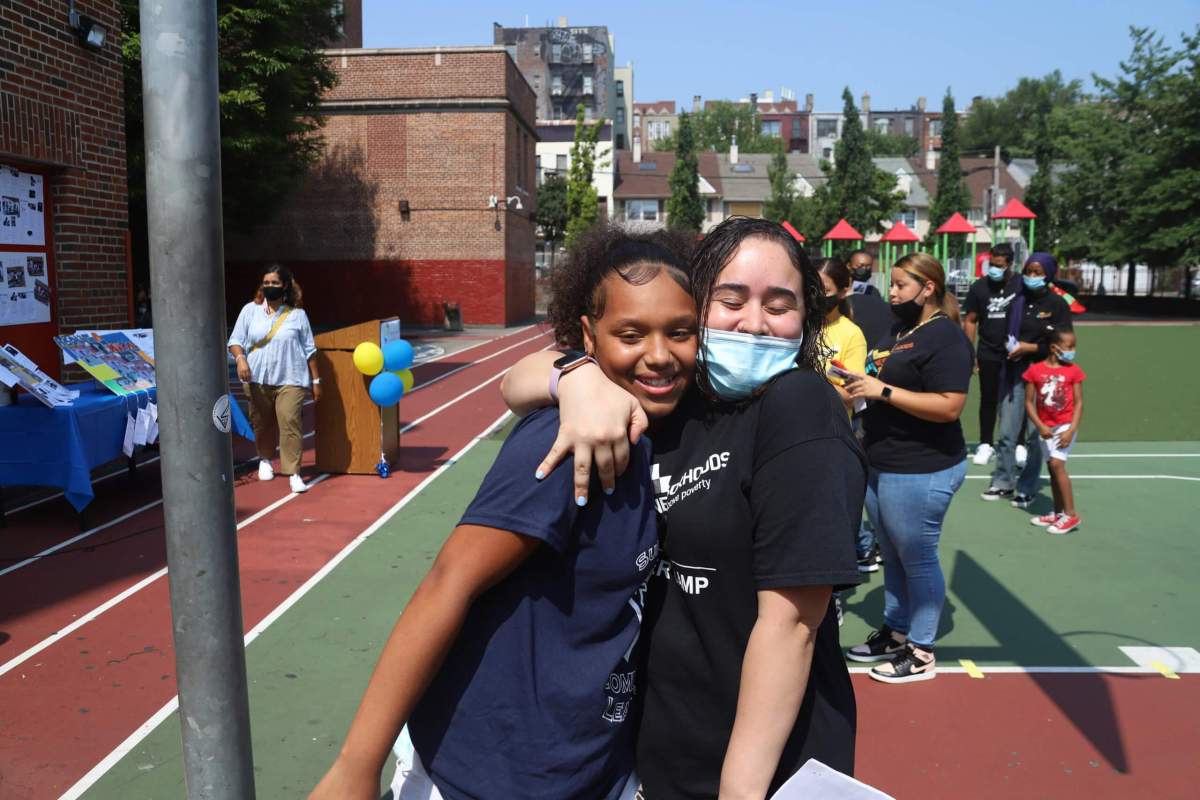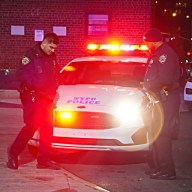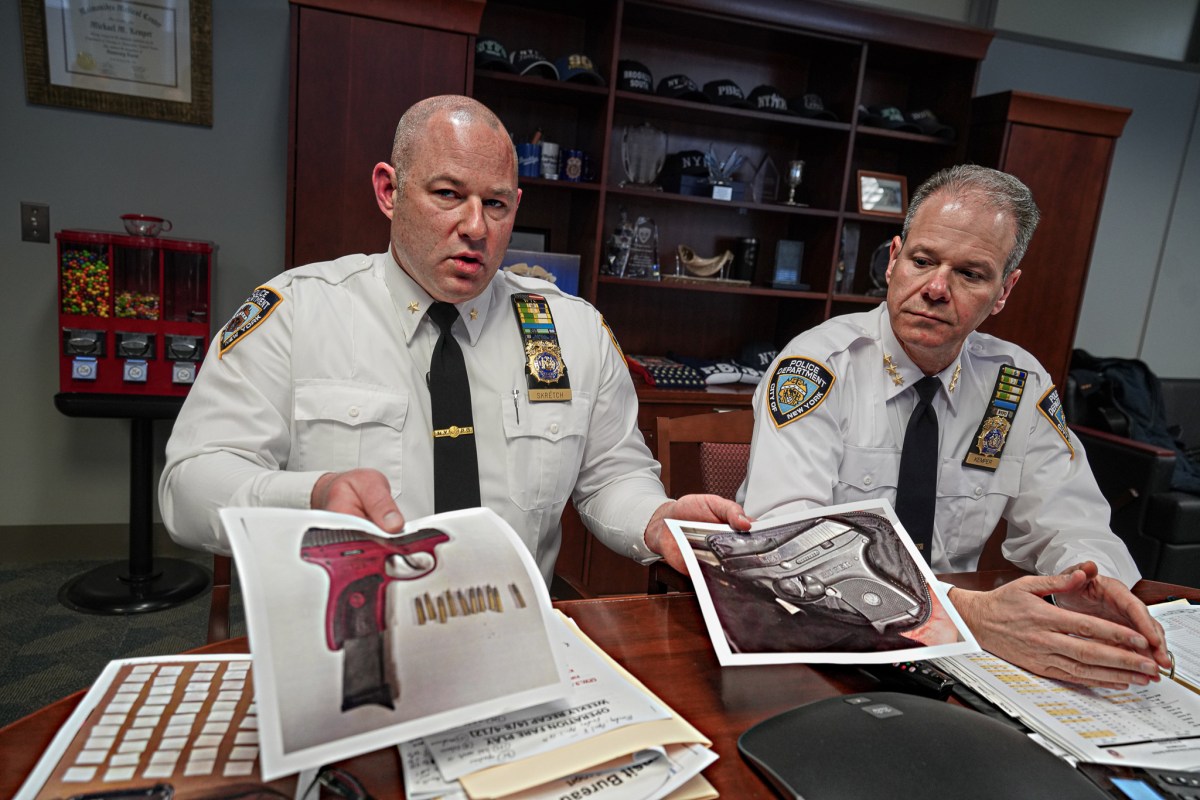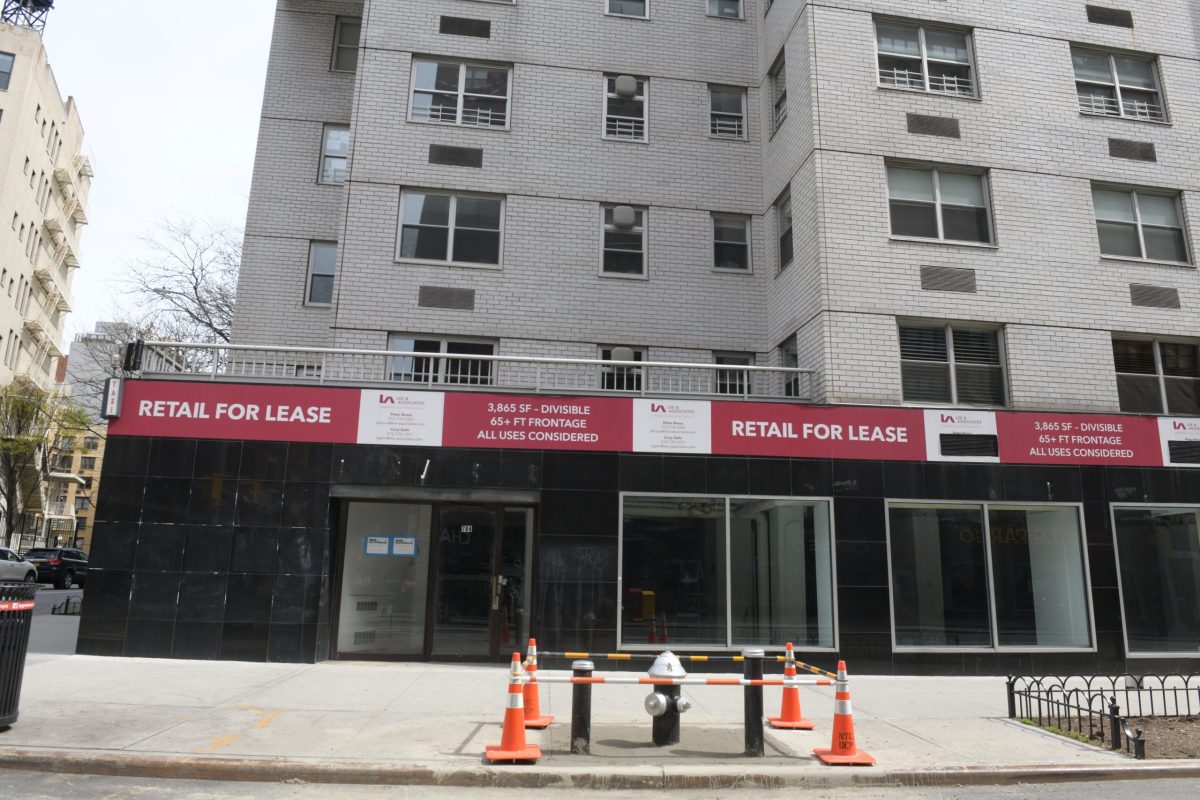As New York state continues to grapple with the COVID-19 pandemic, the importance of ensuring safe and healthy indoor environments has come to the forefront of public health concerns. With many schools having already returned to in-person learning, it is imperative that we take steps to ensure the air quality in our schools is safe and healthy, both to mitigate the transmission of SARS-CoV-2 and to promote overall health and well-being.
The long-term health effects of a COVID-19 infection, even an asymptomatic one, are still not fully known. Therefore, the precautionary principle should inform our decisions pertaining to the COVID-19 response, especially with respect to children. SARS-CoV-2 is primarily spread through respiratory droplets expelled when an infected person talks, coughs or sneezes. Indoor environments, such as schools, can pose a particular risk of exposure due to the concentration of people in close proximity to one another. This is why we must take a proactive approach to improving the air quality in our schools.
Given these concerns, I propose that New York state conduct an air quality census of its schools and publish periodically on the Health Data NY website each building’s ventilation type, filtration mechanism and indoor air quality measurements. With this information, we can monitor the air quality in our schools and take necessary steps to improve it, mitigating COVID-19 transmission and promoting overall health. Furthermore, New York state should set indoor air quality standards for schools, and implement policies that require air quality intervention when air quality measurements fall below these standards.
The benefits of improving air quality in schools are numerous. Improved air quality can reduce the risk of exposure to SARS-CoV-2 and other indoor air pollutants, leading to a reduction in the transmission of respiratory infections, such as the flu and the common cold. It can also lead to improved academic performance and reduced absenteeism, as students and teachers are less likely to suffer from respiratory and other health problems.
In conclusion, conducting an air quality census of schools and publishing the results on Health Data NY is an important step in ensuring the health and well-being of our children. Improving the air quality in our schools will not only reduce the transmission of SARS-CoV-2, but will also have numerous other benefits for both students and teachers. Let us take this opportunity to prioritize the health of our children and work toward creating safer and healthier learning environments.
Isaac Michaels is a practicing epidemiologist, a public health doctoral student, and a Bronx resident.
























